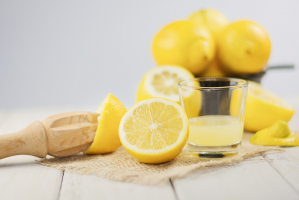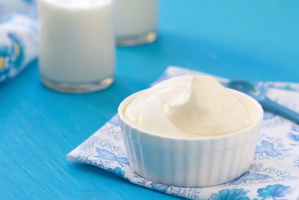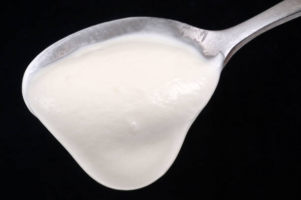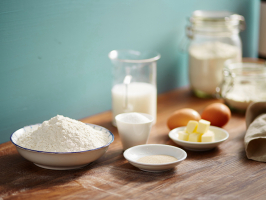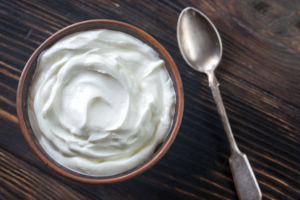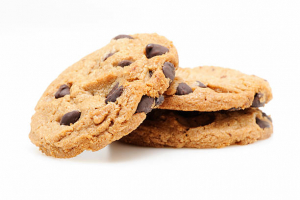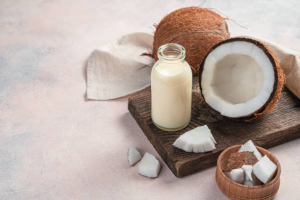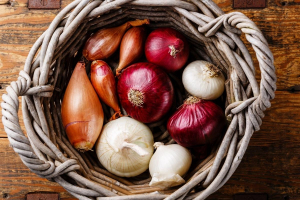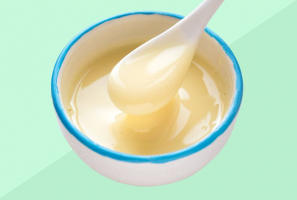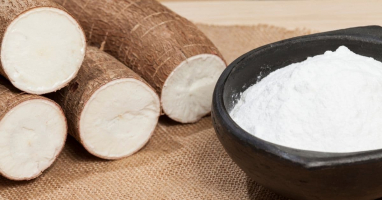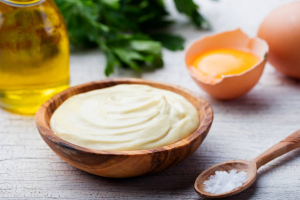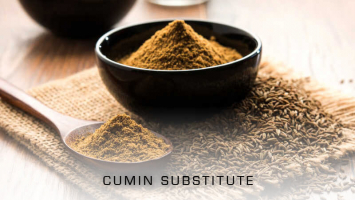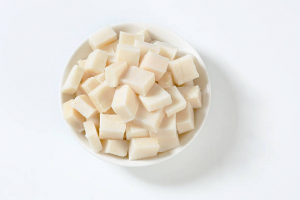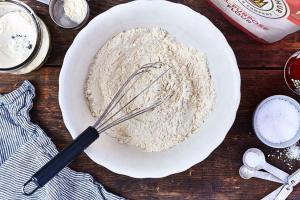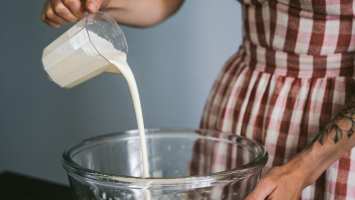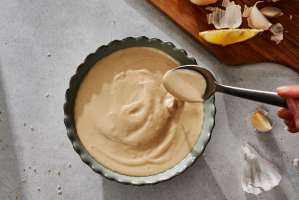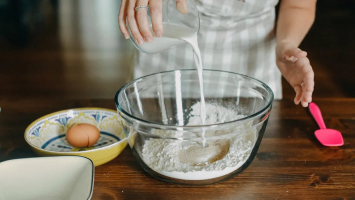Top 10 Best Substitutes for Baking Powder
Baking powder is one of those staple pantry ingredients that everyone should always have baking powder on hand. It's essential to add volume and lighten the ... read more...texture of baked goods. However, things might get a bit difficult if you run out of baking powder, especially if you can't quickly get to the store. Fortunately, these baking powder replacements are here to save the day, so there's no need to worry or stop what you're making. Scroll down for more information!
-
Buttermilk is often produced commercially by adding bacterial cultures to milk and allowing fermentation, which transforms sugars into acids. They might also add probiotics and flavorings.
Due to its acidity, buttermilk can have the same leavening effect as a baking powder when used with baking soda. To replace 1 teaspoon (5 grams) of baking powder, simply add 1/2 cup (122 grams) of buttermilk and 1/4 teaspoon (1 gram) of baking soda. Be careful to reduce the amount of other liquid you add to your recipe to make up for the amount of buttermilk used in order to maintain the ideal texture and consistency of your final baked product. For example, if you add 1/2 cup (122 grams) of buttermilk, you should half the number of other liquids you add to the recipe.
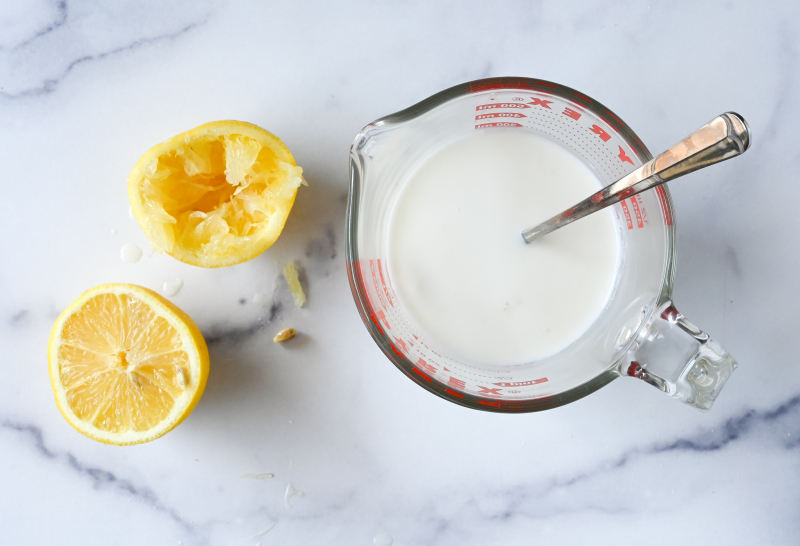
Buttermilk 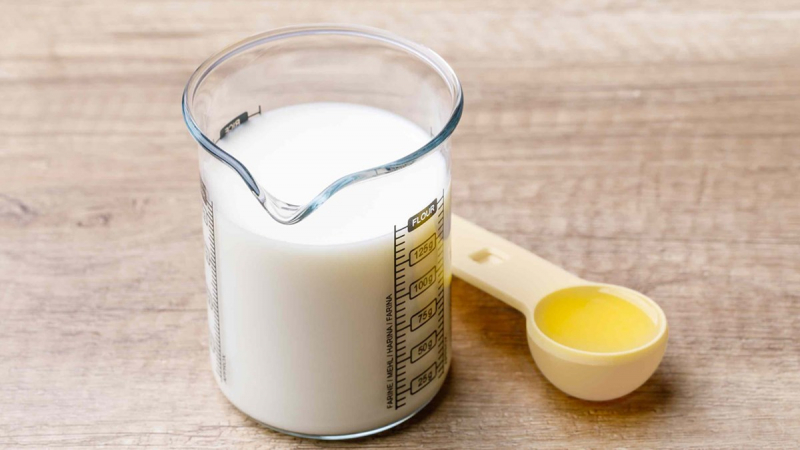
Buttermilk -
Another combination that functions well as a replacement for baking powder is yogurt and baking soda. Just be sure to use plain yogurt (not flavored).
Yogurt is produced by fermenting milk, much like buttermilk is. When combined with baking soda, plain yogurt's acidic pH makes it an ideal replacement for baking powder. Because plain yogurt offers the acidity needed for leavening, it performs better than other varieties. 1/4 teaspoon (1 gram) of baking soda and 1/2 cup (122 grams) of plain yogurt can be used in place of 1 teaspoon (5 grams) of baking powder in a recipe. Just like with buttermilk, the amount of liquid in the recipe should be adjusted according to how much plain yogurt is added.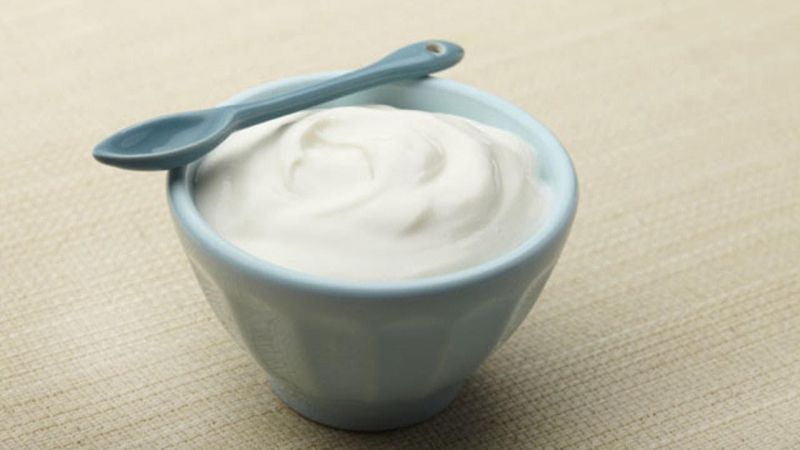
Plain Yogurt 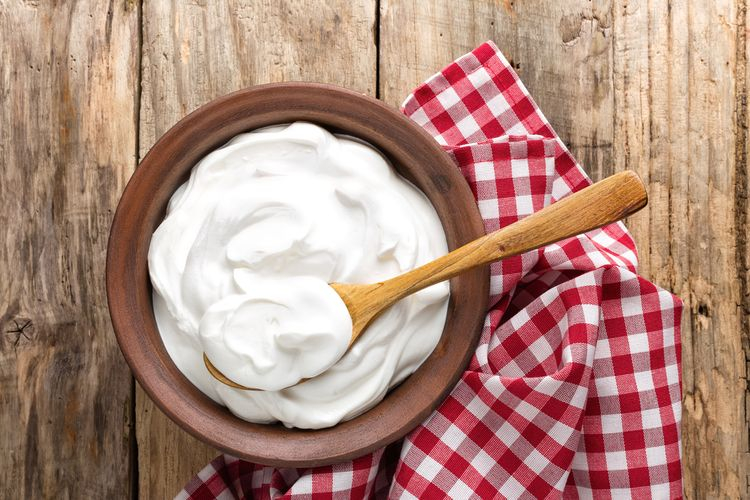
Plain Yogurt -
This sweetener, a by-product of the sugar-making process, is frequently used in place of refined sugar. It contains 40–60%. Although molasses isn't very acidic, when combined with baking soda, it can mimic the leavening properties of baking powder.
Baking powder can be swapped out for molasses because when combined with baking soda, molasses is acidic enough to trigger an acid-base reaction. To substitute 1 teaspoon (5 grams) of baking powder, use 1/4 cup (84 grams) of molasses and 1/4 teaspoon (1 gram) of baking soda. Since molasses is high in sugar, you might also want to think about lowering the amount of sweetness in the other ingredients of the recipe. Additionally, keep in mind that because molasses is a liquid, the other liquids in the recipe must be decreased to make room for it.
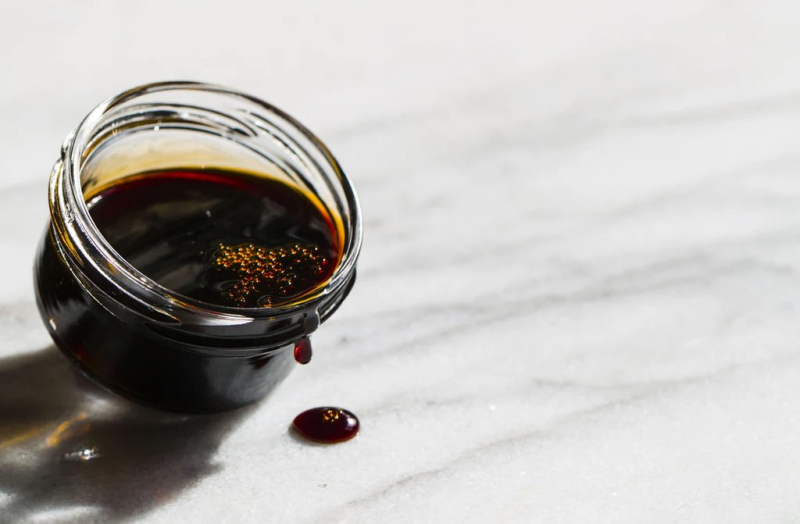
Molasses 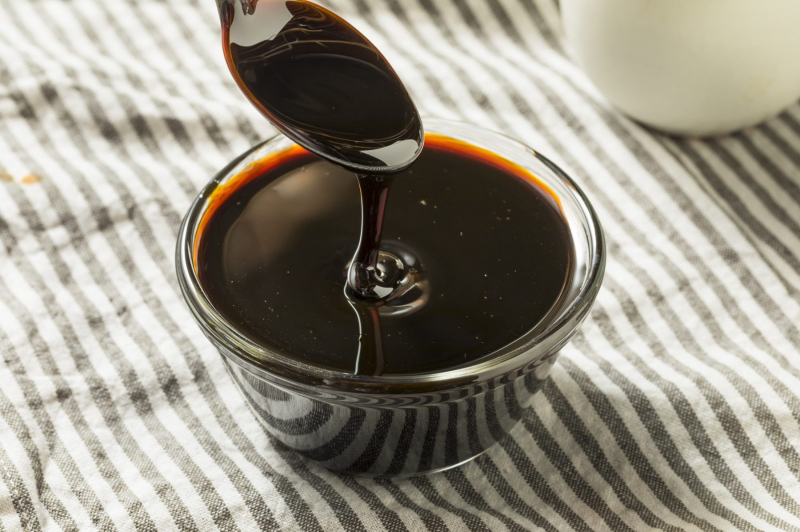
Molasses -
Cream of tartar is an acidic white powder produced as a by-product of winemaking and is sometimes referred to as potassium acid tartrate. It is most often used to stabilize egg whites and creams, prevent sugar crystallization in candies and caramel, and act as the activating ingredient in baking powder.
It is a simple and handy alternative to baking powder and is available in the spice aisle at most grocery stores. Because baking soda is alkaline and cream of tartar is acidic, adding it to baking recipes will help in the leavening's activation. For best results, keep the cream of tartar to baking soda ratio at 2:1. 1/4 teaspoon (1 gram) of baking soda and a 1/2 teaspoon (2 grams) of cream of tartar can be used in place of 1 teaspoon (5 grams) of baking powder.
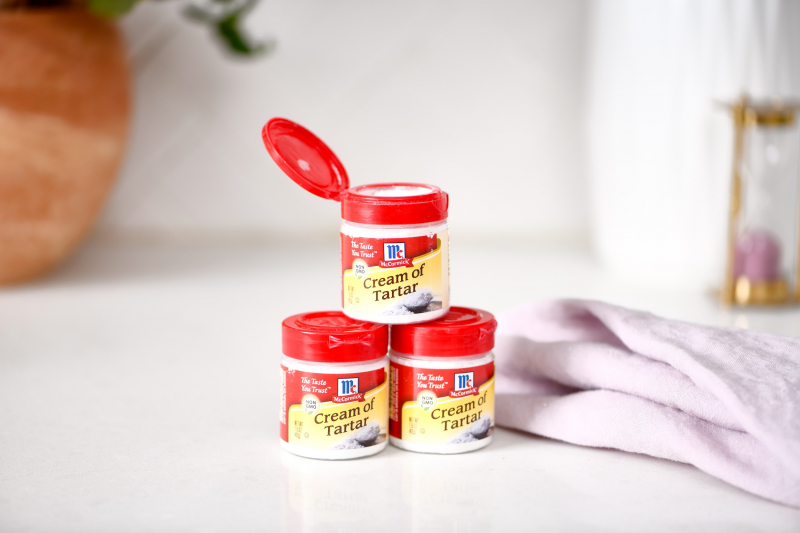
Cream of Tartar 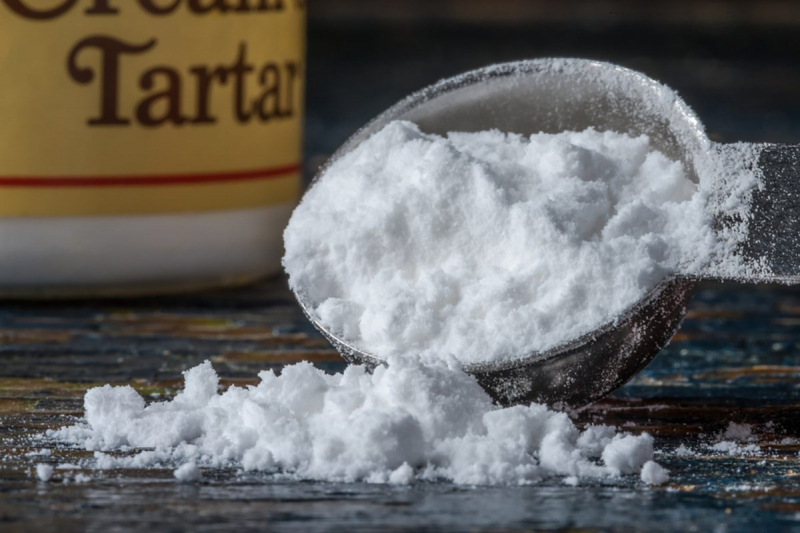
Cream of Tartar -
Baking powder can be replaced by sour milk. In the past, people used milk that had spoiled. However, you may make your own sour milk at home by mixing 1 cup of milk with 1 tablespoon of white vinegar or lemon juice. The pH will be lowered by the vinegar or lemon juice, making the milk sour. It will be prepared for use in a little more than 15 minutes.
The acidification process that soured milk results in a drop in pH. Baking soda and sour milk combine to produce the same leavening result as baking powder. To substitute 1 teaspoon (5 grams) of baking powder, use 1/2 cup (122 grams) of sour milk and 1/4 teaspoon (1 gram) of baking soda. To account for the additional liquid from the sour milk, don't forget to decrease the amount of liquid in your recipe by the same amount that was added.
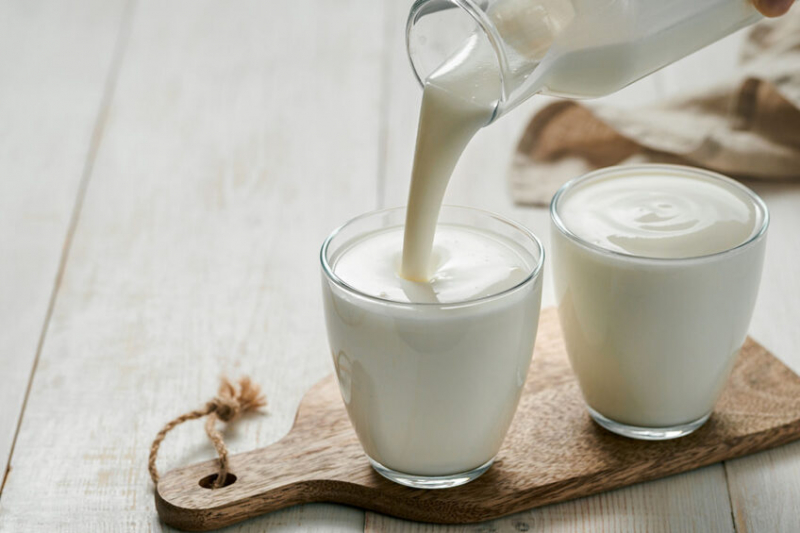
Sour Milk 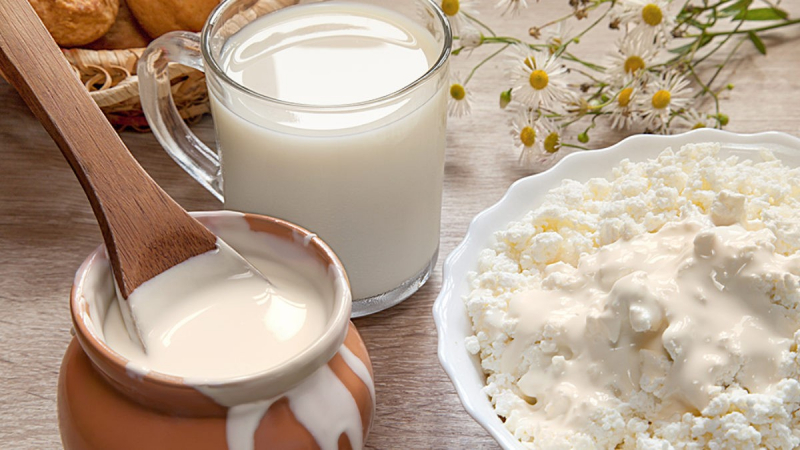
Sour Milk -
Bacteria convert alcohol to acetic acid during the fermentation process, which is the process by which vinegar is made. Despite having a unique and powerful flavor, vinegar is a frequently used ingredient for many baked goods.
In fact, vinegar's acidic pH makes it the ideal alternative for baking powder. When combined with baking soda, vinegar has a leavening effect on cakes and cookies. White vinegar provides the most neutral taste and won't change the color of your final product, however, any kind of vinegar will work. Substitute 1/4 teaspoon (1 gram) baking soda and 1/2 teaspoon (2.5 grams) vinegar for each teaspoon (5 grams) of baking powder in the recipe.
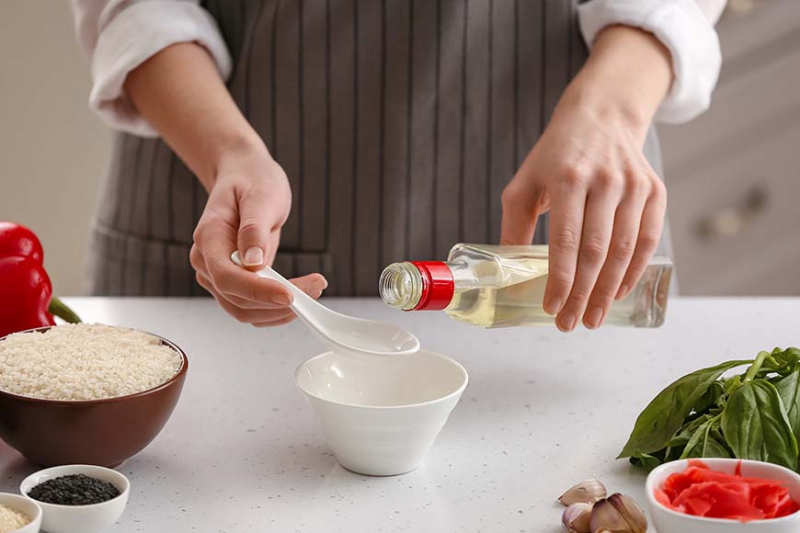
Vinegar 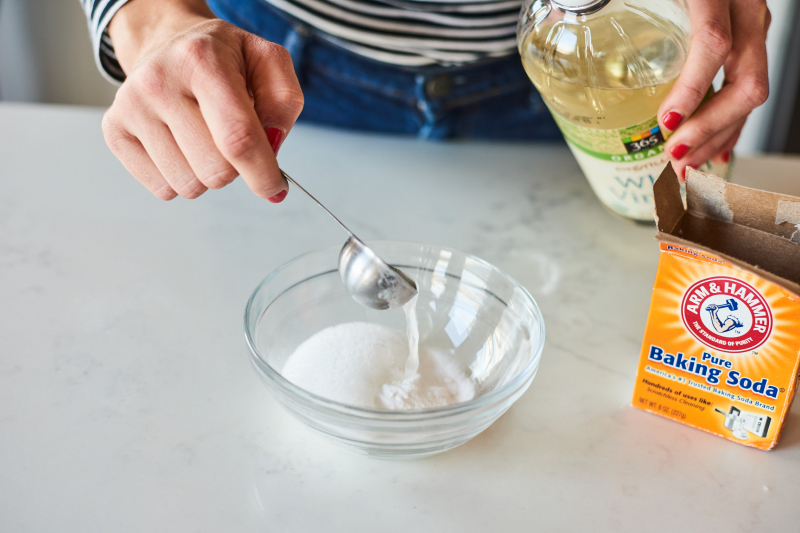
Vinegar -
Lemon juice is another common household acid that can be used to make a substitute for baking powder. Because lemon juice contains a lot of citric acids, it works well to activate baking soda in place of baking powder.
For this reason, when used with baking soda in baked products, it can help provide the acid necessary to start an acid-base reaction. However, due to its strong flavor, it works best in recipes that only call for a little amount of baking powder. By doing this, you may prevent changing the final product's flavor. Use 1/4 teaspoon (1 gram) of baking soda and 1/2 teaspoon (2.5 grams) of lemon juice to substitute 1 teaspoon (5 grams) of baking powder.
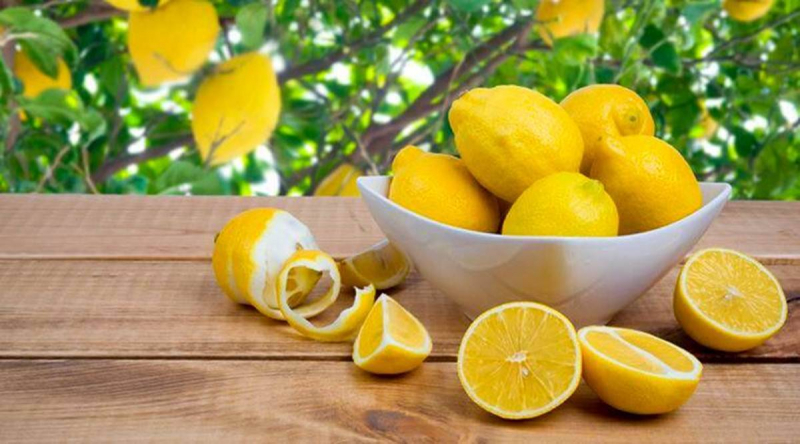
Lemon Juice 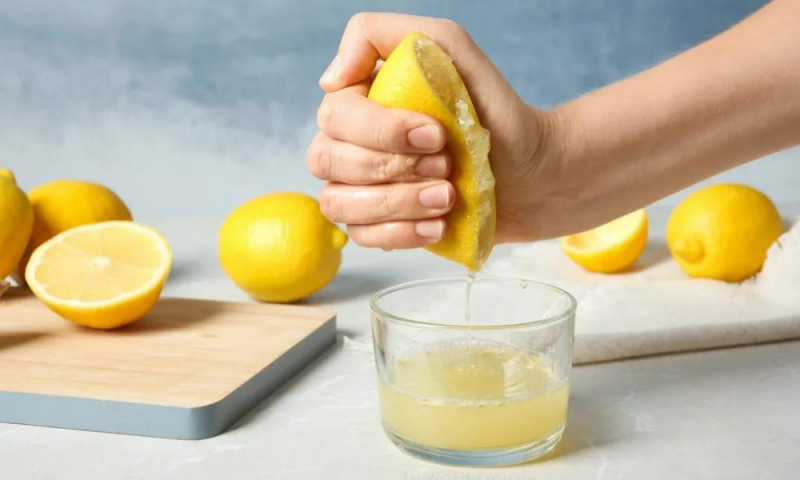
Lemon Juice -
Club soda is a carbonated beverage that is made up of water, carbon dioxide, and minerals like sodium bicarbonate and potassium sulfate. Due to its leavening properties, club soda is frequently used in recipes to give baked products volume without the use of baking powder or baking soda.
However, because club soda only contains a little amount of sodium bicarbonate, it is best used in recipes that require only a bit of added volume. Using a little club soda will actually give your baked goods a little lift. For instance, club soda is frequently added to make fluffy and moist pancakes. Any liquid in your recipe should be replaced with club soda for best results. This may be used to replace milk or water and add additional lightness and volume.
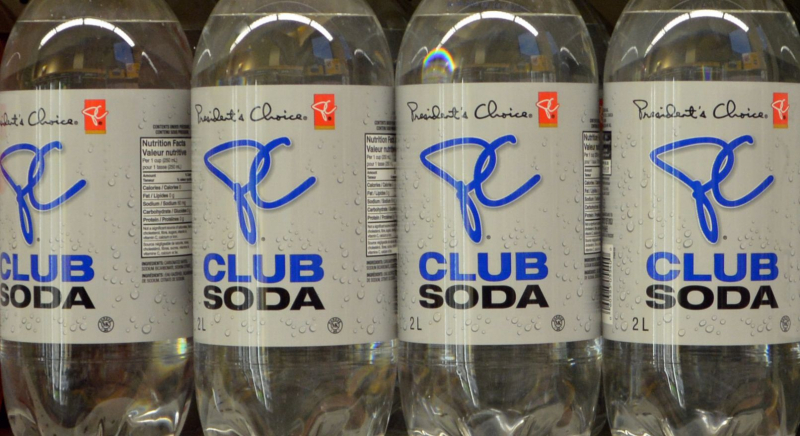
Club Soda 
Club Soda -
Self-rising flour is a mixture of all-purpose flour, salt, and baking powder, giving baked products everything they need to rise. Self-rising flour could be a good substitute if you're out of both baking soda and baking powder.
Because self-rising flour already includes the leavening agents required for fast bread like banana or pumpkin bread, you may omit the additional leavening ingredients (such as baking soda and baking powder) in the recipe. Replace the regular flour in your recipe with self-rising flour, then continue with the other steps as directed. Avoid using self-rising flours in sourdough recipes or other yeast bread that depend on natural fermentation to rise.
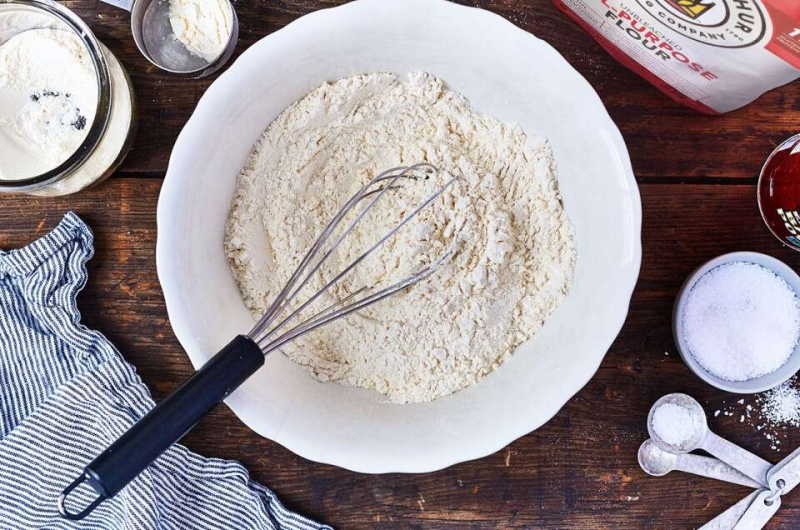
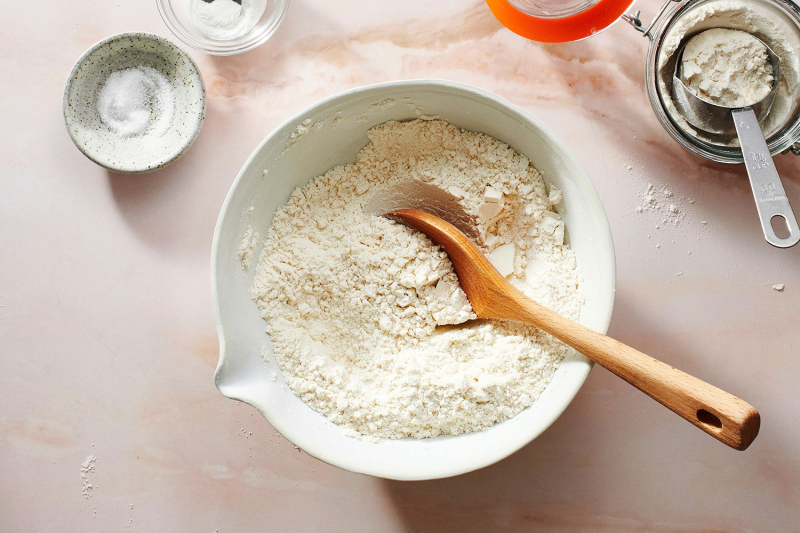
-
Whipped egg whites, not baking powder, are the source of the light and airy texture of many baked products. This is due to the tiny air bubbles that are produced during whipping egg whites, which give them more volume and lightness. Most soufflés, pancakes, meringues, and particular kinds of cakes use this method.
If you don't have baking powder or baking soda on hand, it can be an excellent alternative. The amount you should use depends on the recipe. For instance, a batch of pancakes may only need two or three egg whites, but an angel food cake recipe may call for up to twelve. On low speed, start whipping the egg whites until they are foamy and frothy. Increase the speed to high after the egg whites are foamy until they reach the appropriate level of whipping.
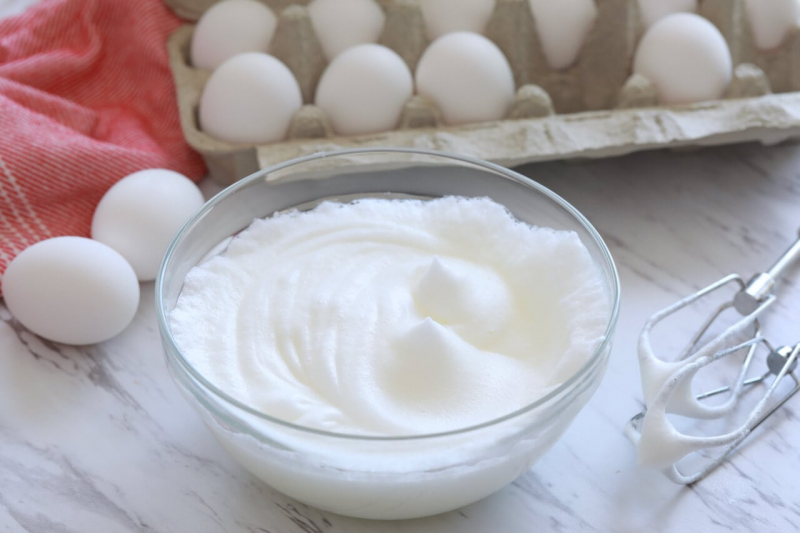
Whipped Egg Whites 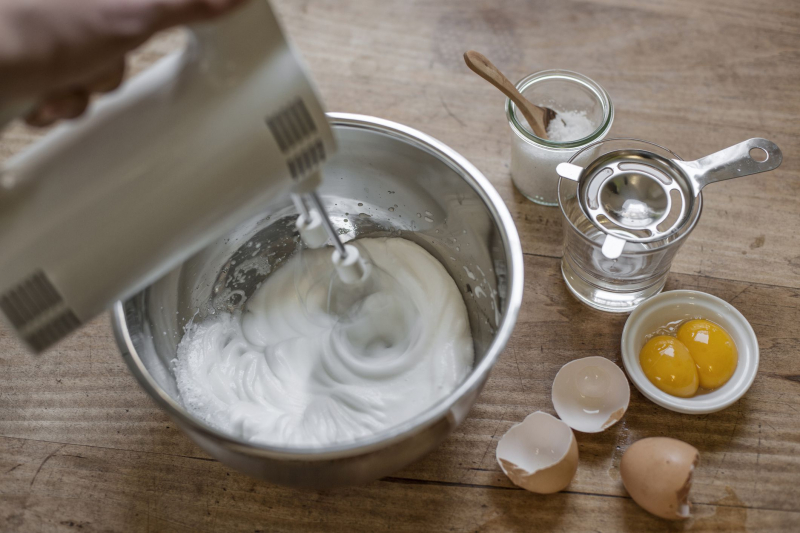
Whipped Egg Whites












